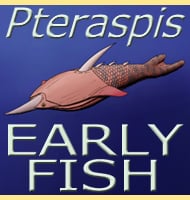Gasparinisaura
In Depth Because to fossils were discovered in close proximity to one another it’s thought that Gasparinisaura lived in herds. It is one of the few dinosaurs of its kind known from South America. Gasparinisaura is named in honour of the Argentine paleontologist, Dr Zulma B. de Gasparini. Further Reading – A basal iguanodontian (Ornithischia: … Read more
